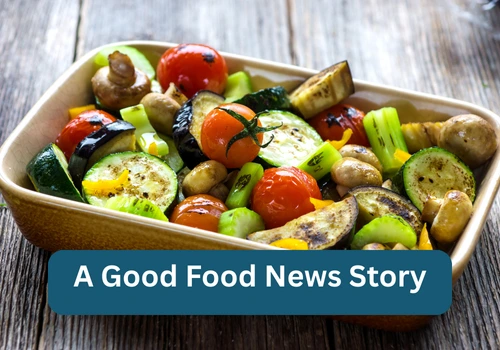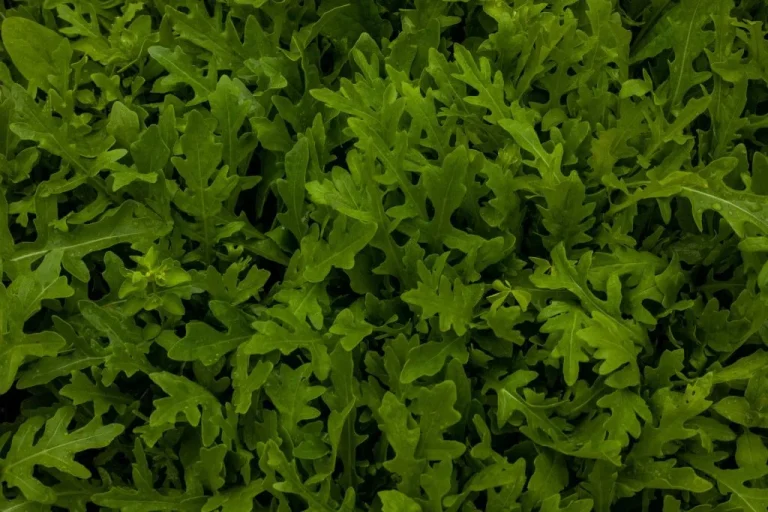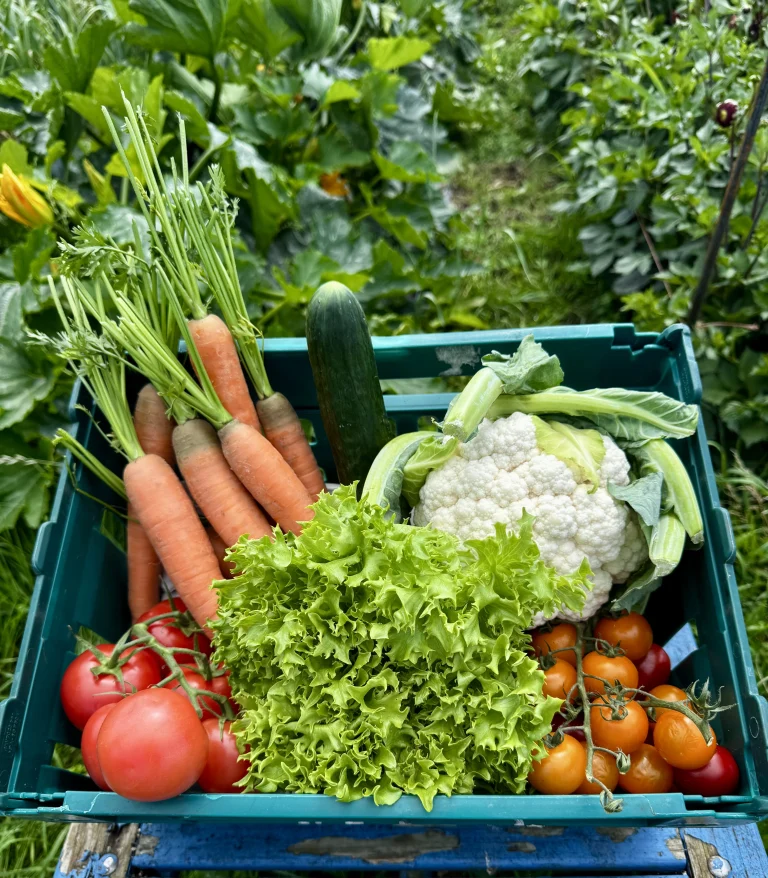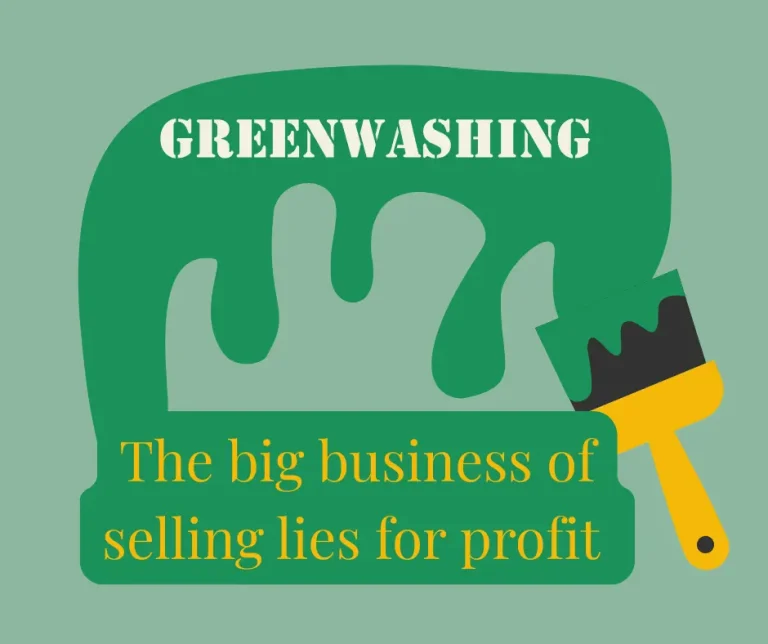In the aftermath of Trump’s tirade at the UN yesterday and the comical big news announcement about the links between Tylenol and autism, it’s easy to believe that our world is contracting and becoming a place of twisted mirrors that reflect a grim reality. Every time you turn on the radio or scroll through your phone, we are faced with more fakery, and things we can barely perceive let alone control. But here’s something that does give me real hope, a good news story that is slowly building momentum: there is a growing cohort of people who are quietly changing how and where they buy their food and in doing so they’re slowly changing how food is grown.
This isn’t a headline story on the evening news. It’s happening at kitchen tables, in lunchboxes, and at farm gates. And it’s really good news that comes after years of real food poverty that was driven not by what most people wanted, but rather what made a very small few people very wealthy.
What Went Wrong with Food
For too long, supermarkets and big agri have told us that convenience was all that mattered. Shelves stacked with food flown in from half a world away because it could be produced cheaper and in a much less regulated fashion there. Bread that never goes stale became the norm, though it could not really be described as bread. Supermarkets displayed endless rows of packets designed to look healthy while being anything but. In the last decade, the rise of hyper-processed foods has made things worse. Salt, sugar, and artificial additives are now the backbone of most supermarket meals. They fill you, but they don’t nourish you. In fact, science will tell you that they are slowly poisoning us, and yet it continues to happen. Food, the most basic joy in human existence, became a product, not the once vibrant part of life that it was. But finally, people — lots of people — are realising that something is not quite right, and they are reclaiming the joy of real food.
What’s Changing
Perhaps there was always that memory of real food, buried somewhere deep in our subconscious a fragment of childhood, of food cooked by our grandmothers or vegetables grown by an ageing uncle, and it has taken us a long time to realise what it was we were missing. Now, people are suddenly tasting the difference between a carrot dug yesterday and one wrapped in plastic and shipped for weeks. They’re noticing how bread made in a small bakery actually goes stale — because it’s real. They’re asking where food comes from, and who it supports. They are embracing the reality of seasonal eating and turning their back on avocado toast, or the notion of eating asparagus in the heart of winter.
It’s a growing shift, and it is not led by politicians or policymakers. It’s led by ordinary people who have seen the harm done to our once vibrant local food and are rebelling against the blandness and sameness of a constant flow of imported or highly processed food. These are the growing army of folks who now choose local, chemical-free, and seasonal food not because it’s trendy, but because it tastes better, it feels better, and it makes sense.
Customers at the Heart of It
Every box of vegetables packed on a small farm, every loaf baked in a local bakery, every jar of jam set on a shelf — that only happens because people decide it matters. Without those choices, small human-scale farms and farm shops wouldn’t stand a chance against the scale of supermarkets, and yet they do survive, they thrive, and the movement is growing. Yes, Jeremy Clarkson and Diddly Squat threw a focus on farm shops, and in fairness, Clarkson has done some good. However, when you gaze behind the curtain of celebrity endorsements, farm shops have been growing in number and popularity. Shops connected to farms and connected to the people who grow food are an extension of the farm gate sales of yesteryear, and the farm wife selling her eggs is now enmeshed in the farm shop culture. There is a long way to go before we have a farm shop in every town in the country, and longer still until farmers turn away from big agri and back towards the consumer. Sadly, it is unlikely I will live to see it all happen. But this really is the beginning of a food revolution, and the revolutionary army are the people who decide, week in and week out, to spend their money on food with roots.
A Different Kind of Revolution
This new food revolution might go unnoticed by many because it isn’t a noisy protest or a corporate campaign. It’s a quiet revolution — neighbours supporting neighbours, families deciding flavour and trust matter more than packaging and slogans, people critically examining the motives of massive multiples and the major players in big agri and realising that they are not valued customers, they are nameless, faceless consumers. And lots of people are becoming exhausted by that and are searching for alternatives.
And that’s why I call this a good news story. Because in a world full of stories about what’s broken, here’s a story about something that’s being fixed. And it’s something very basic, something that brings us joy. So here’s to the revolution that is fought one dinner, one loaf of bread, one jar of jam at a time.



